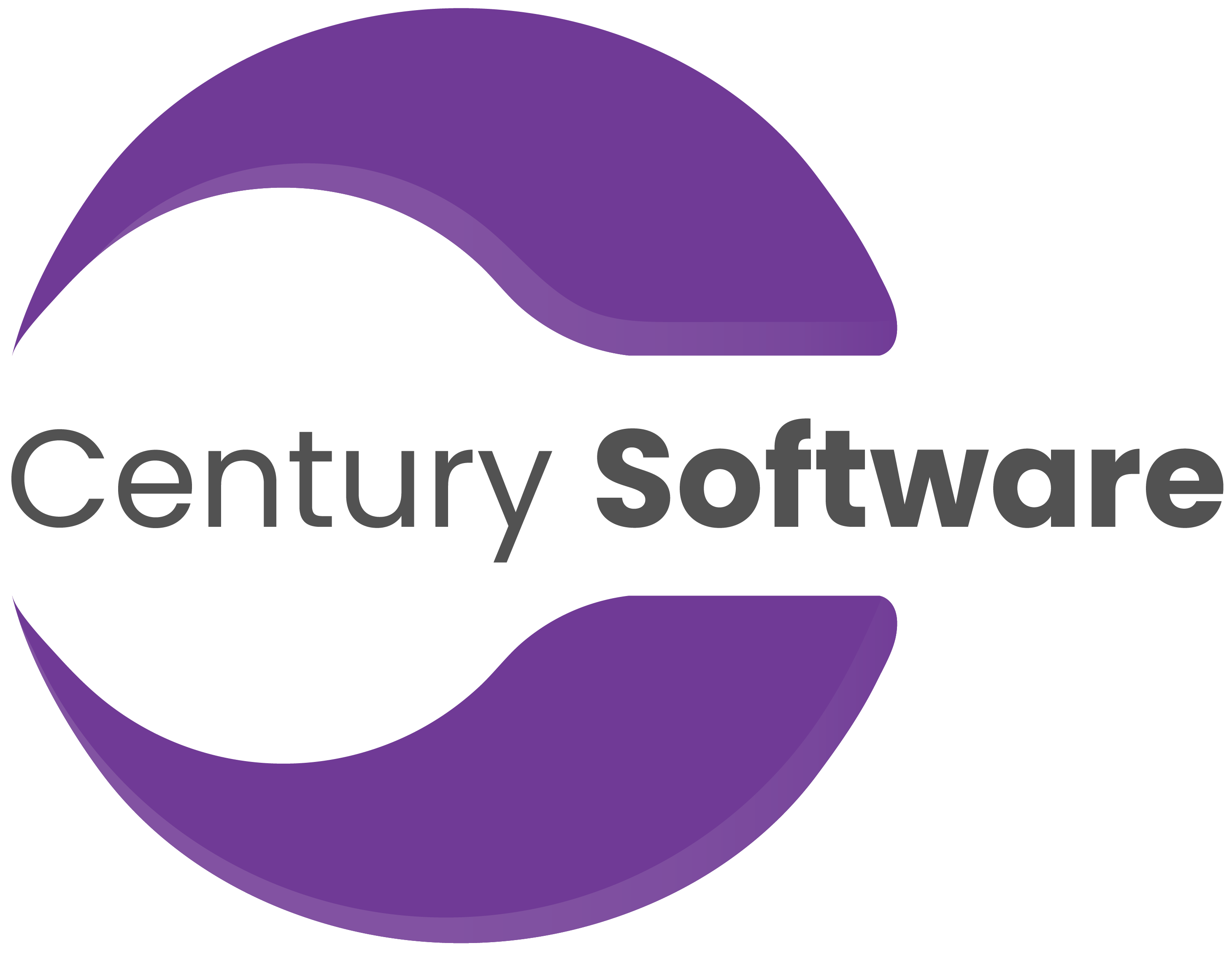
Thus, workflow automation can help businesses become more productive, efficient, and profitable, while also improving the quality of their output and customer service.
In a rapidly evolving world, businesses are constantly looking for ways to improve efficiency and reduce the costs associated with running their operations. Workflow automation is one of the most popular methods of streamlining business processes to make them more efficient and effective.
Workflow automation has been around for a while, but it has recently come into prominence as an effective way to improve business efficiency. It is set to revolutionize the industry in 2023 & beyond. The improvements it will make to efficiency and effectiveness across all industries will be astounding. Businesses of all sizes and shapes will find great value in using workflow automation software to drive improvements in their respective operations.
Workflow automation, otherwise known as Business process management, refers to the process of automating a series of tasks or activities within a business process or workflow, typically by using software or technology. This automation can help streamline and optimize business processes by reducing manual effort and human error, improving efficiency, and freeing of time and resources.
For example, in a typical business process, a series of tasks may need to be completed in a specific order, with certain conditions needing to be met, before proceeding to the next step. By automating this process, the software or technology can spontaneously trigger the next step when the conditions are met, eliminating the need for manual intervention.
Workflow automation can be applied to a wide range of business processes, including HR, finance, marketing, customer service, and many more.
Business Process Automation is important for several reasons:

Thus, workflow automation can help businesses become more productive, efficient, and profitable, while also improving the quality of their output and customer service.
Workflow automation is currently in a state of rapid development and adoption, driven by advances in technology and a growing recognition of its benefits. Here are a few key trends and developments in the current state of workflow automation:

As automation tools become more sophisticated and accessible, businesses will be able to achieve greater efficiency, productivity, and profitability, while also improving the experience for their customers.
The future of workflow automation looks very promising, as new technologies and innovations are making it easier and more efficient than ever to automate complex processes. Here are some of the key trends and developments that are likely to shape the future of workflow automation:

The prospect of workflow automation appears highly encouraging, thanks to the emergence of advanced technologies and creative solutions that simplify the automation of intricate processes. As more organizations embrace automation tools, they are sure to enhance their productivity, efficiency, and financial returns, while simultaneously improving customer experience.
Workflow automation is already revolutionizing industries, and it will continue to do so in 2023 and beyond. Here are a few ways in which workflow automation is likely to have an impact:
Implementing workflow automation can be a complex process, but to ensure successful implementation some of the best regarded practices can be followed. Here are some best practices for implementing workflow automation:
Implementing workflow automation requires careful planning and execution. By following the best practices and involving stakeholders throughout the process, businesses can ensure successful implementation and achieve greater efficiency, productivity, and profitability.

Century Software’s Business Process Management (BPM) tool is a software solution designed to help businesses automate and optimize their workflows. The tool offers a range of features and capabilities, including:
This comprehensive BPM software is a must-have solution for streamlining workflows through automation and optimization. Its features enable users to easily design, monitor, and automate business processes in a single integrated platform, making it a valuable asset for any organization.
Get in touch with Century Software today!
